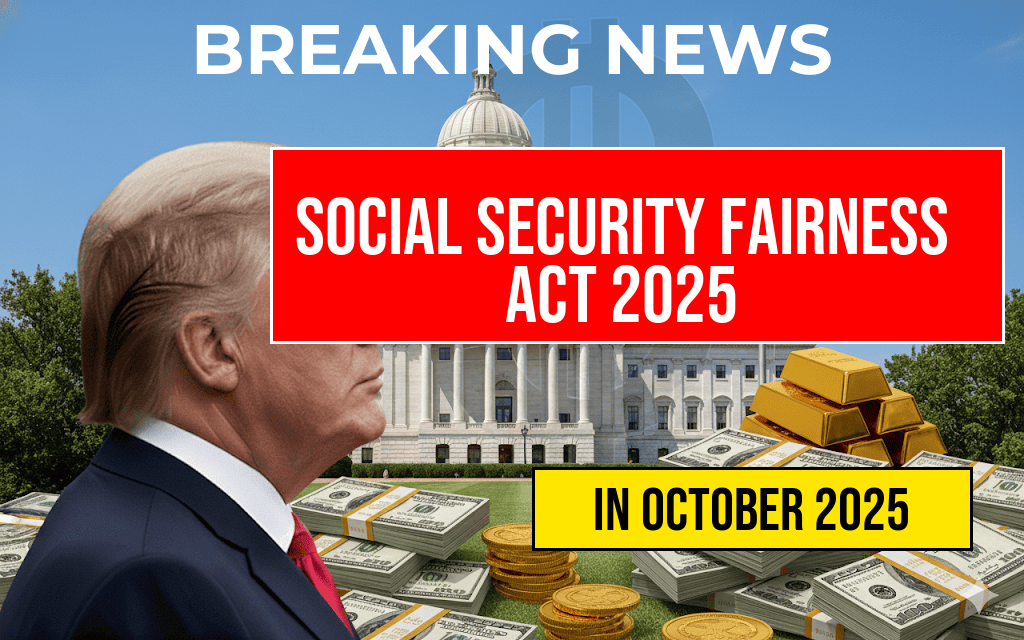For many individuals earning income through side gigs or freelance work, understanding tax reporting obligations can be complex. A key factor in this process involves the 1099-K form, which reports payment card and third-party network transactions to the IRS. Notably, the IRS typically issues a 1099-K only when a taxpayer exceeds certain income thresholds, often leading many to wonder when their earnings become reportable. Currently, the threshold for receiving a 1099-K is set at $20,000 in gross payments and 200 transactions within a calendar year. This means that for most casual side hustlers, income below this threshold remains unreported on a 1099-K, although it still must be declared on tax returns. As gig work continues to grow in popularity, understanding when and how these reports are triggered is essential for accurate tax compliance and financial planning.
Understanding the 1099-K Reporting Threshold
What is a 1099-K?
The 1099-K form is an IRS document used by payment settlement entities to report transactions processed through third-party networks like PayPal, Stripe, or major credit card processors. It consolidates gross payment data, providing the IRS with a comprehensive view of taxable income received via electronic payments. Unlike other 1099 forms focusing on specific types of income, the 1099-K emphasizes payment volume rather than profit, which can sometimes lead to discrepancies between gross income and taxable earnings.
Current Thresholds for Reporting
| Threshold | Details |
|---|---|
| $20,000 in gross payments | Aggregate payments processed through third-party networks |
| 200 transactions | Number of separate payment transactions within a calendar year |
Only when both conditions—over $20,000 in gross payments and more than 200 transactions—are met does the IRS typically issue a 1099-K to the taxpayer. This dual threshold aims to target larger-scale commercial activities while exempting casual or low-volume earnings from automatic reporting.
Implications for Side Hustlers and Freelancers
Why Many Earners May Not Receive a 1099-K
Most individuals earning less than $20,000 from side gigs or freelance work through third-party platforms will not receive a 1099-K. This often leads to confusion, as income below the reporting threshold still remains taxable. Freelancers, ride-share drivers, or small online sellers may overlook this detail, assuming their earnings are unreported. However, the IRS requires all income to be declared, regardless of whether a 1099-K is received.
Reporting Earnings Below the Threshold
Taxpayers must report all income earned through side businesses or gig work on their tax returns, even if no 1099-K is issued. This includes cash transactions, payments processed through other platforms, or earnings from informal arrangements. Accurate record-keeping—including bank statements, invoices, and transaction logs—is essential to substantiate income claims if audited.
Potential Changes and Future Developments
Proposed Adjustments to Reporting Rules
There has been ongoing debate about raising the 1099-K reporting threshold to better capture small-scale earning activity. Some policymakers argue that the current $20,000 and 200 transactions criteria may overlook many small earners, leading to underreporting. In recent years, proposals have suggested lowering thresholds to include income from as little as $600, aligning with other IRS reporting standards, such as the Form 1099-NEC used for independent contractor income.
Impact of Threshold Changes
- Increased compliance: More small earners would receive 1099 forms, potentially reducing underreporting.
- Administrative adjustments: Payment processors and platforms would need to adapt to new reporting requirements.
- Tax implications: taxpayers would need to be more diligent in tracking and reporting all income, regardless of whether a form is received.
For now, the existing thresholds remain in effect, but ongoing legislative discussions continue to shape the future landscape of income reporting.
Strategies for Accurate Tax Filing
Keeping Detailed Records
- Maintain comprehensive logs of all income, including cash payments and online transactions.
- Use accounting software to track and categorize income sources throughout the year.
- Retain receipts, invoices, and bank statements that substantiate reported figures.
Consulting Tax Professionals
Given the complexities surrounding side hustle income and reporting thresholds, consulting with a tax professional can help ensure compliance. They can assist in identifying taxable income, maximizing deductions, and preparing documentation for potential audits.
Resources and Further Reading
Frequently Asked Questions
What is a 1099-K report?
A 1099-K report is a tax document used to report payment card and third-party network transactions to the IRS. It is typically issued when a taxpayer earns over $20,000 in gross payments through platforms like PayPal, Venmo, or other payment processors.
When is a 1099-K typically triggered?
A 1099-K is generally triggered when your total earnings from a side hustle or freelance work exceed $20,000 in gross payments and you have more than 200 transactions in a calendar year, though thresholds may vary by state.
How does earning over $20,000 affect my side hustle income reporting?
If you earn more than $20,000 through your side hustle, your payment processor is required to issue a 1099-K, which helps the IRS track your income and ensures proper reporting for tax purposes.
Do I need to report income from my side hustle if I don’t receive a 1099-K?
Yes, you are legally required to report all income from your side hustle, regardless of whether you receive a 1099-K. The IRS expects you to report all earnings to ensure accurate tax compliance.
What are some tips for managing side hustle income and tax reporting?
Keep detailed records of all income and expenses related to your side hustle, be aware of reporting thresholds, and consider consulting a tax professional to ensure you comply with tax laws and optimize your tax situation.







